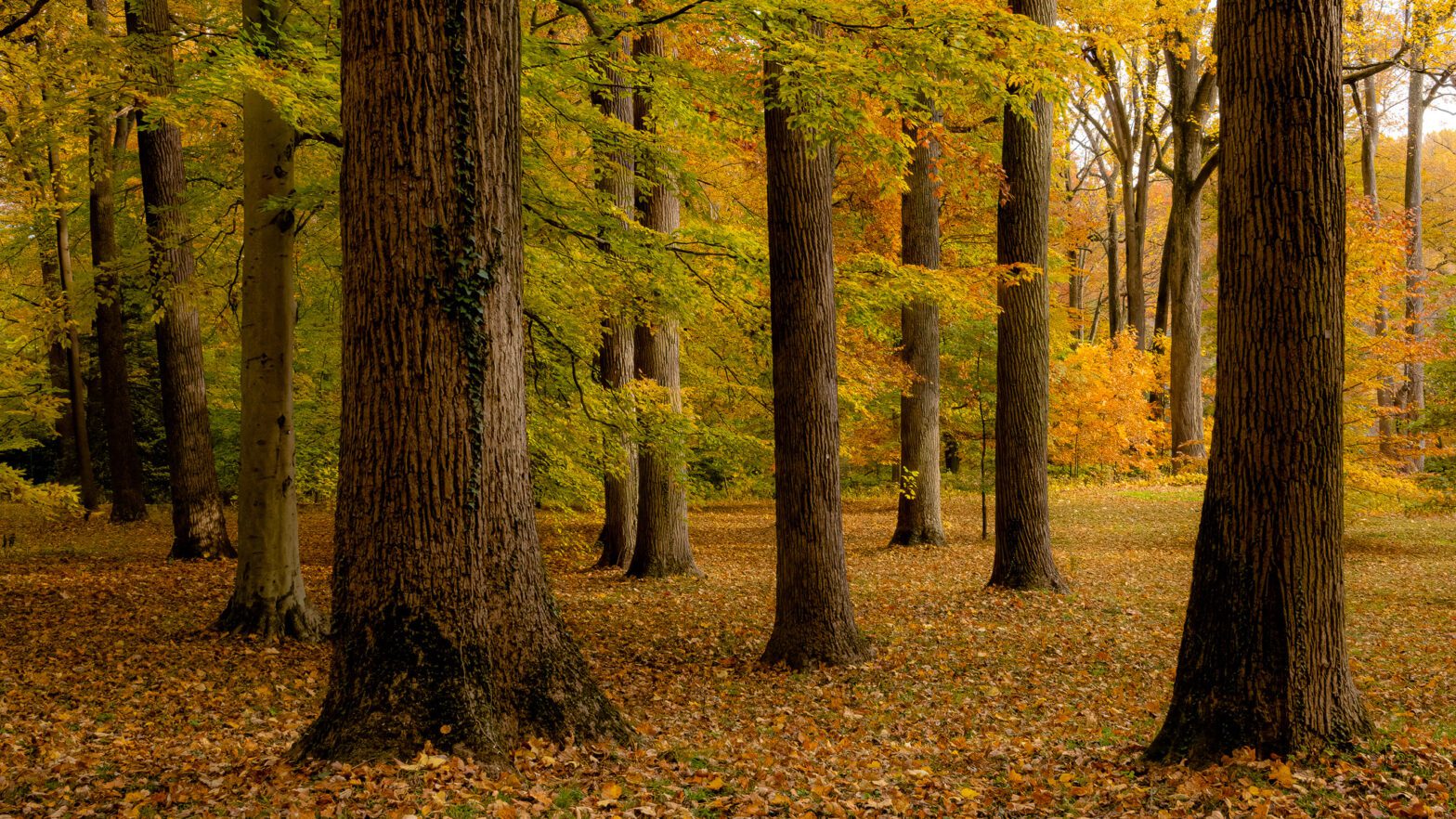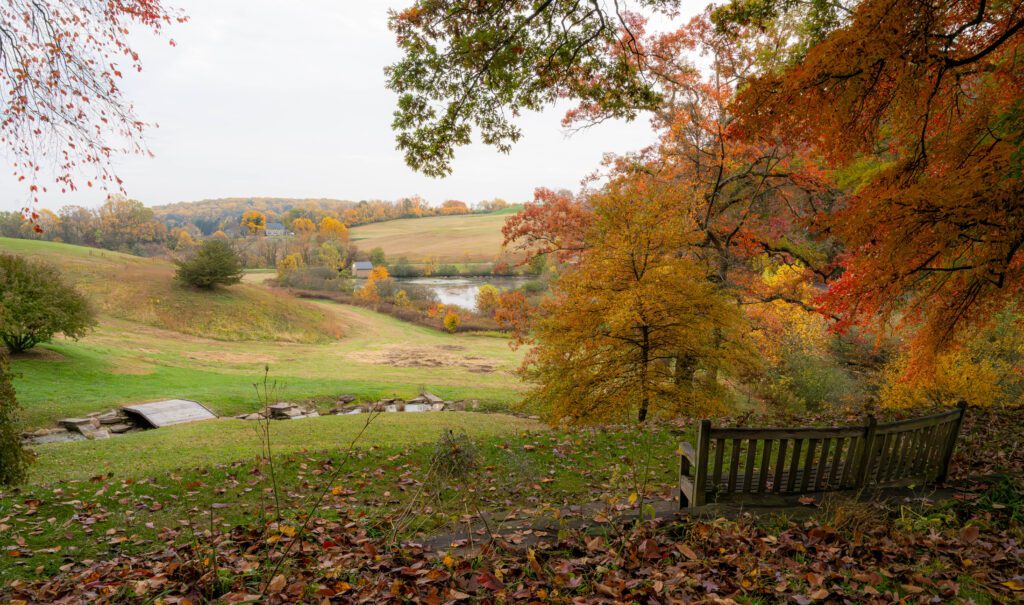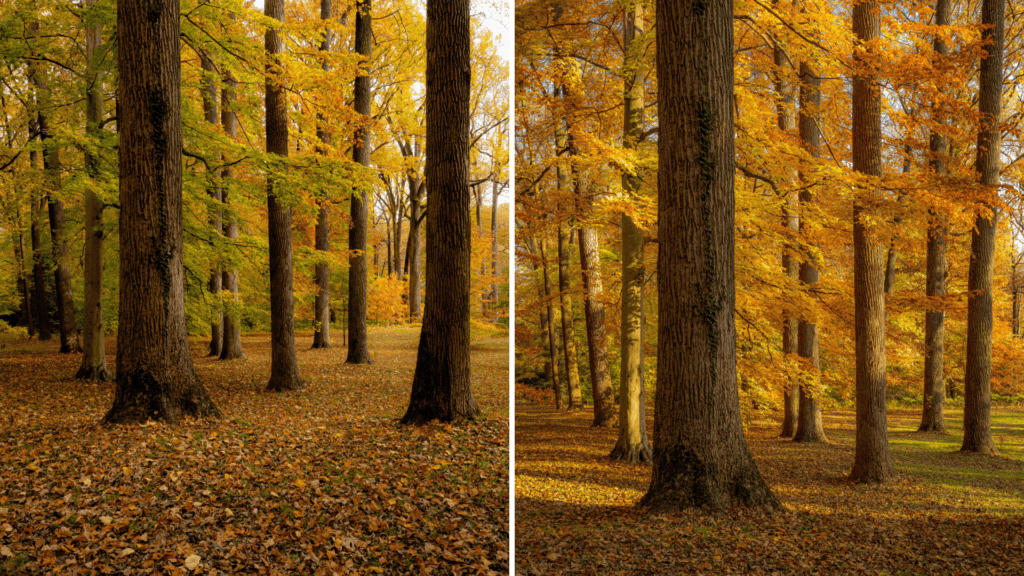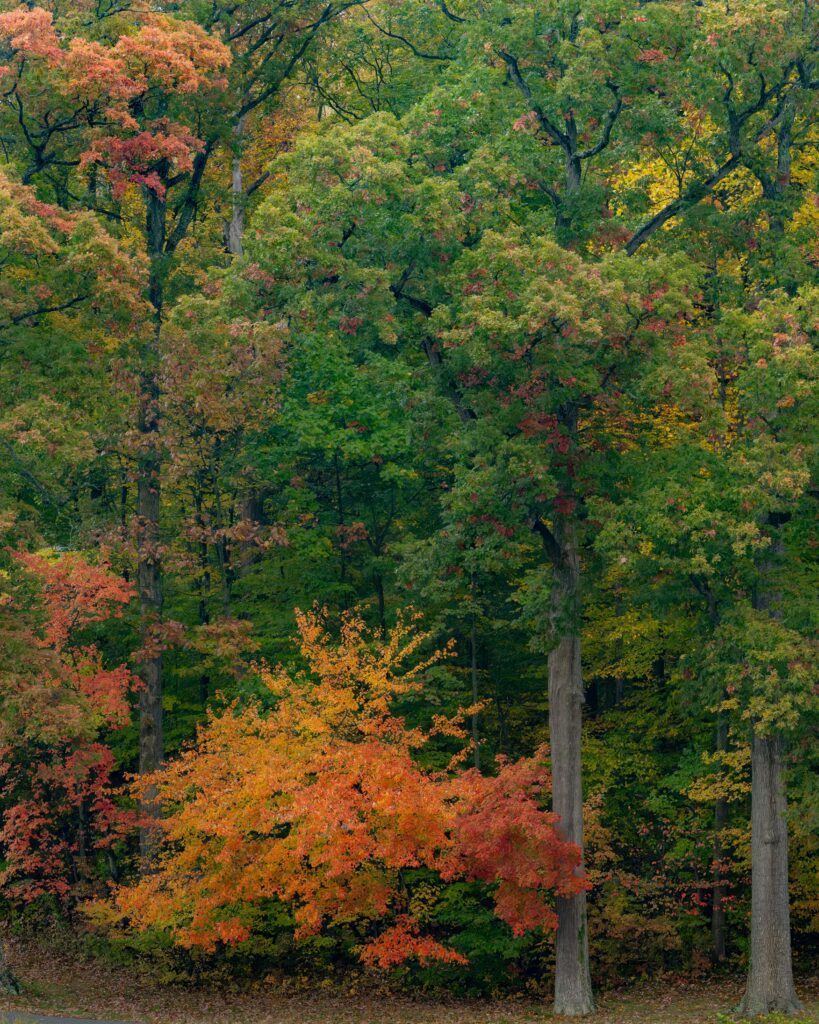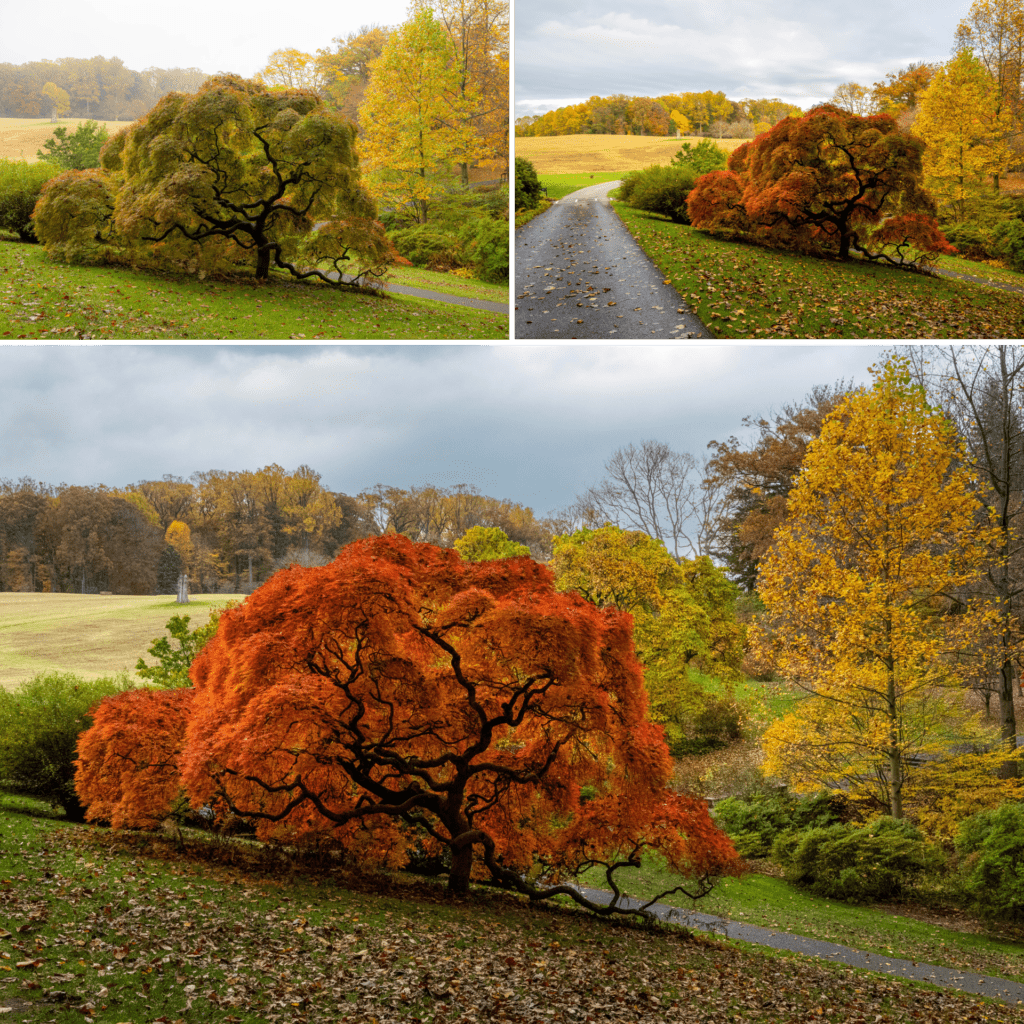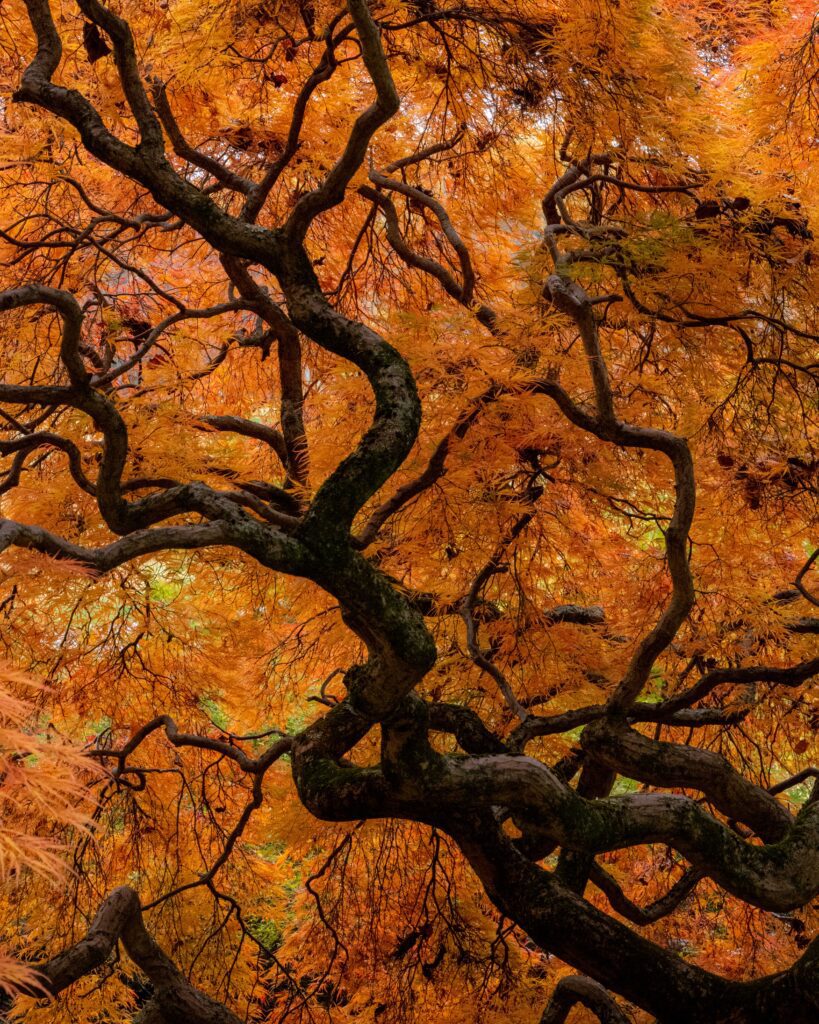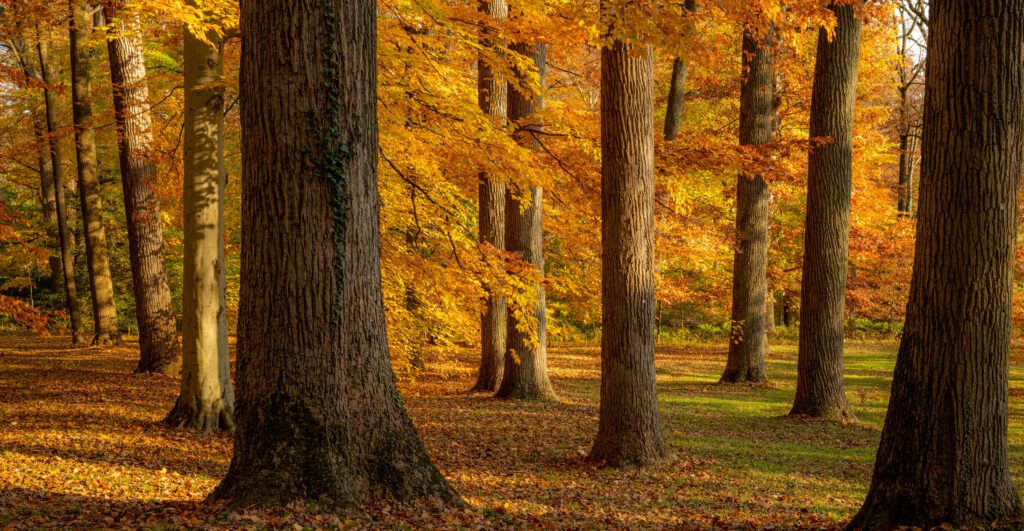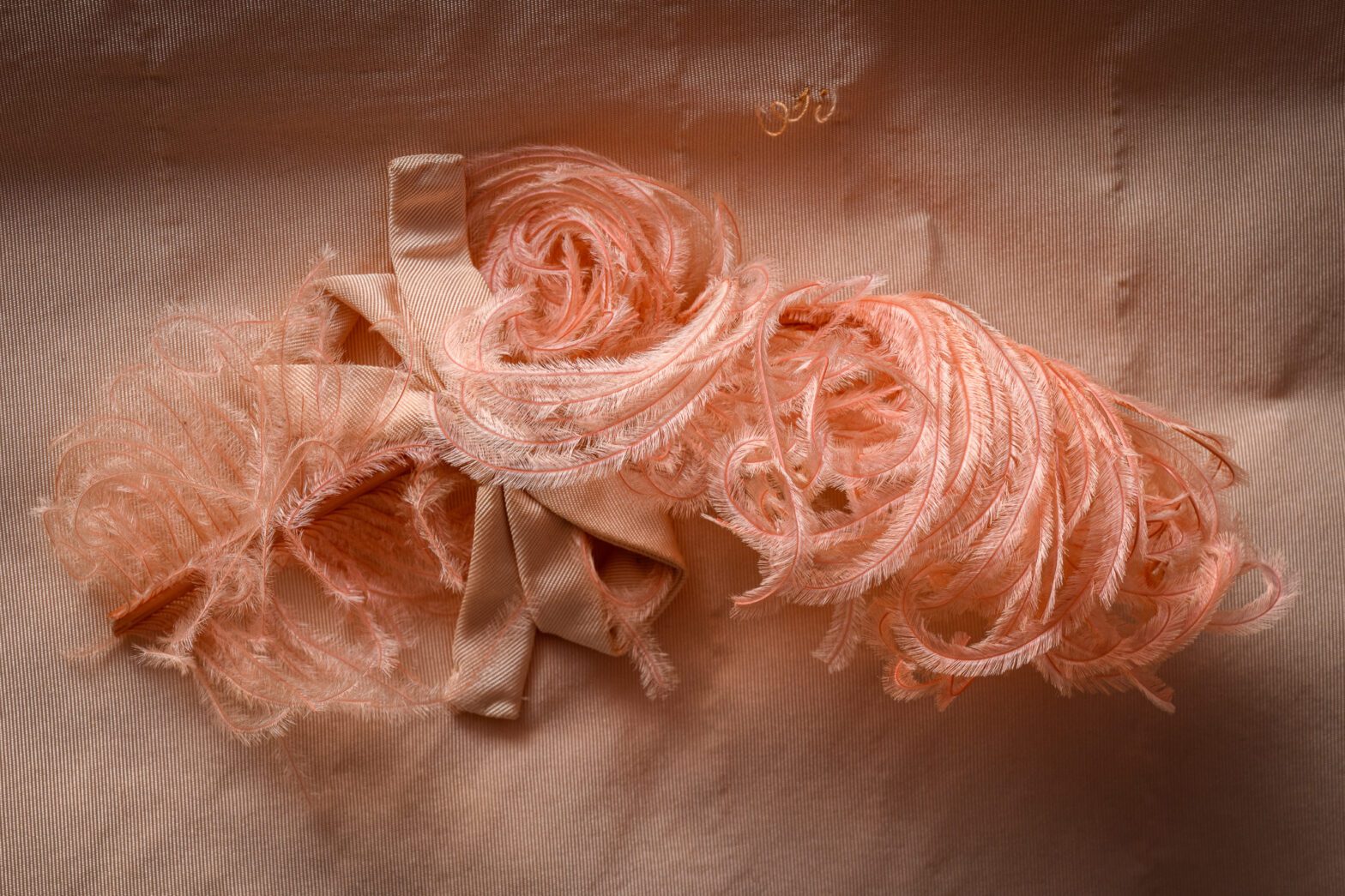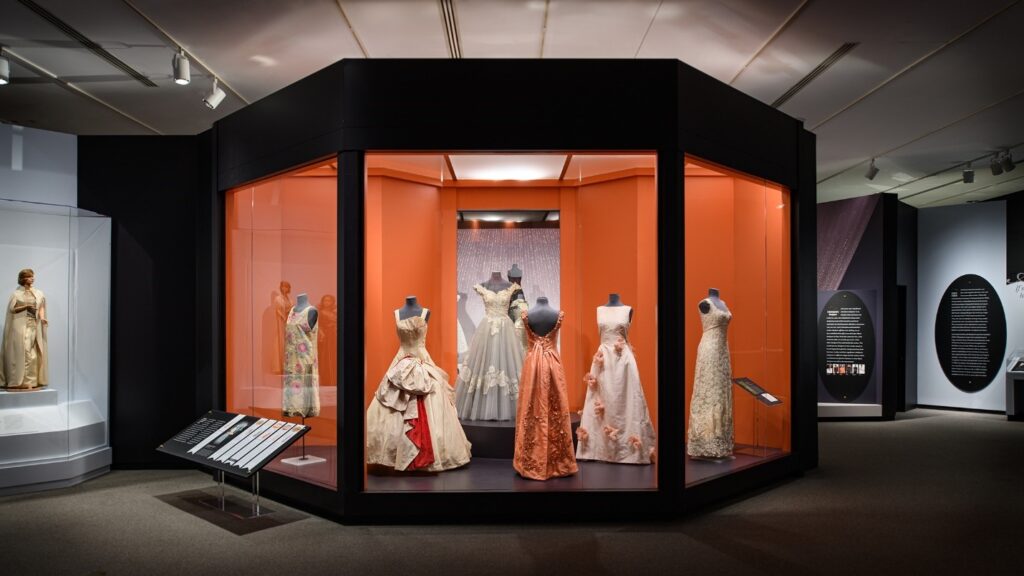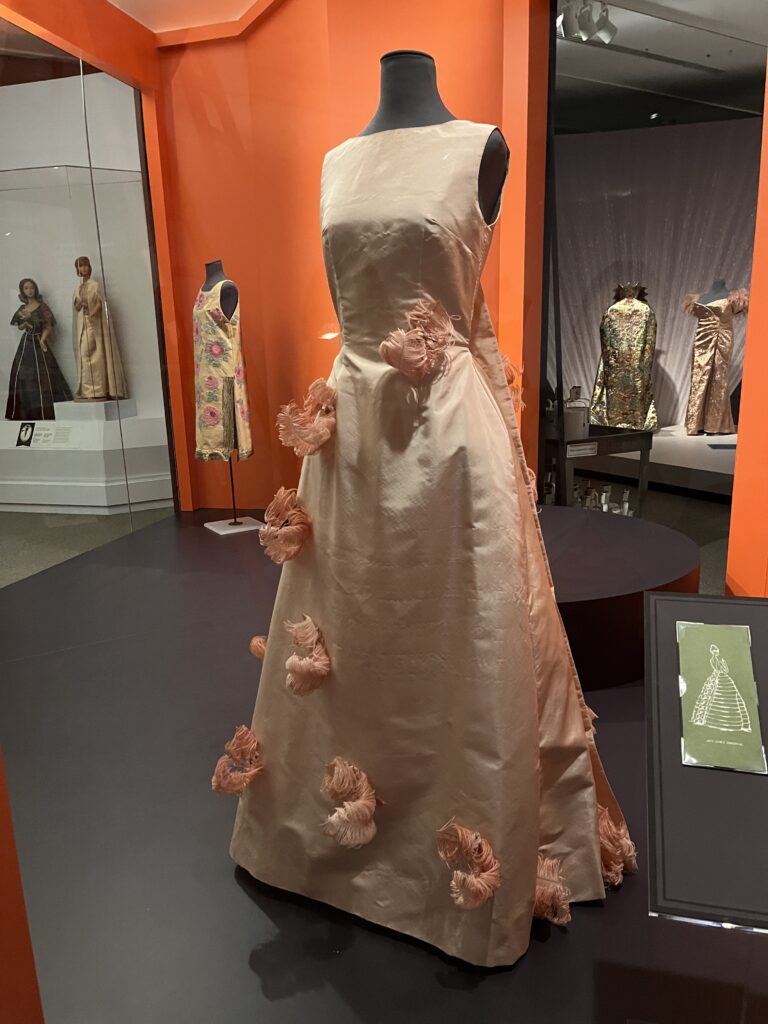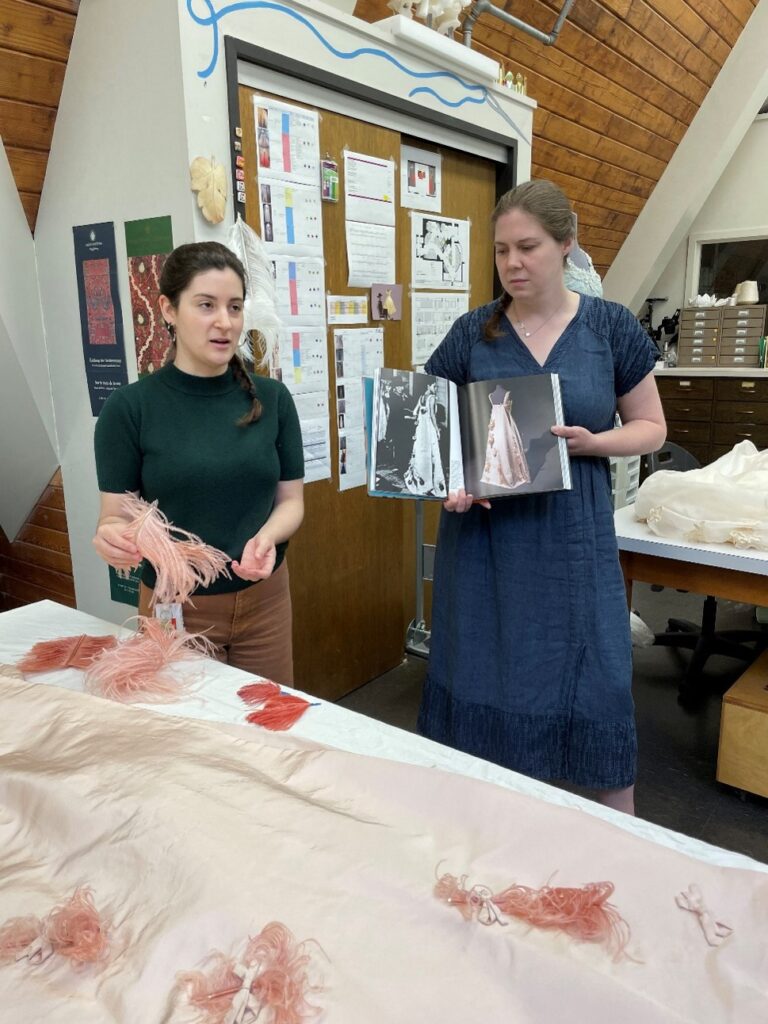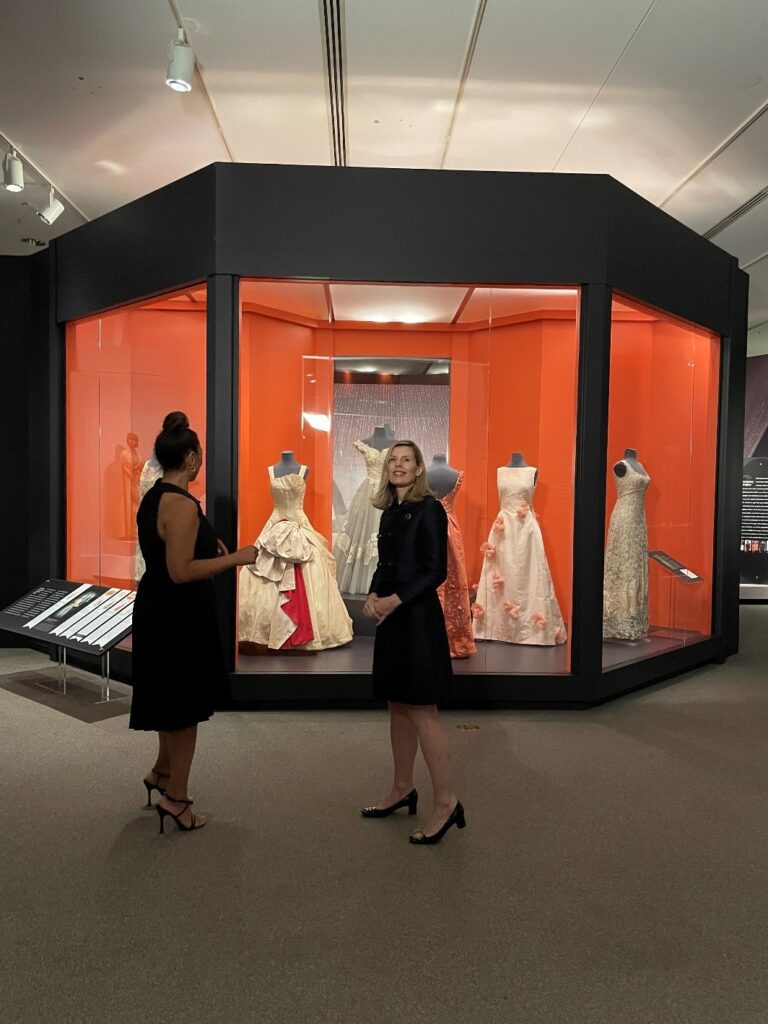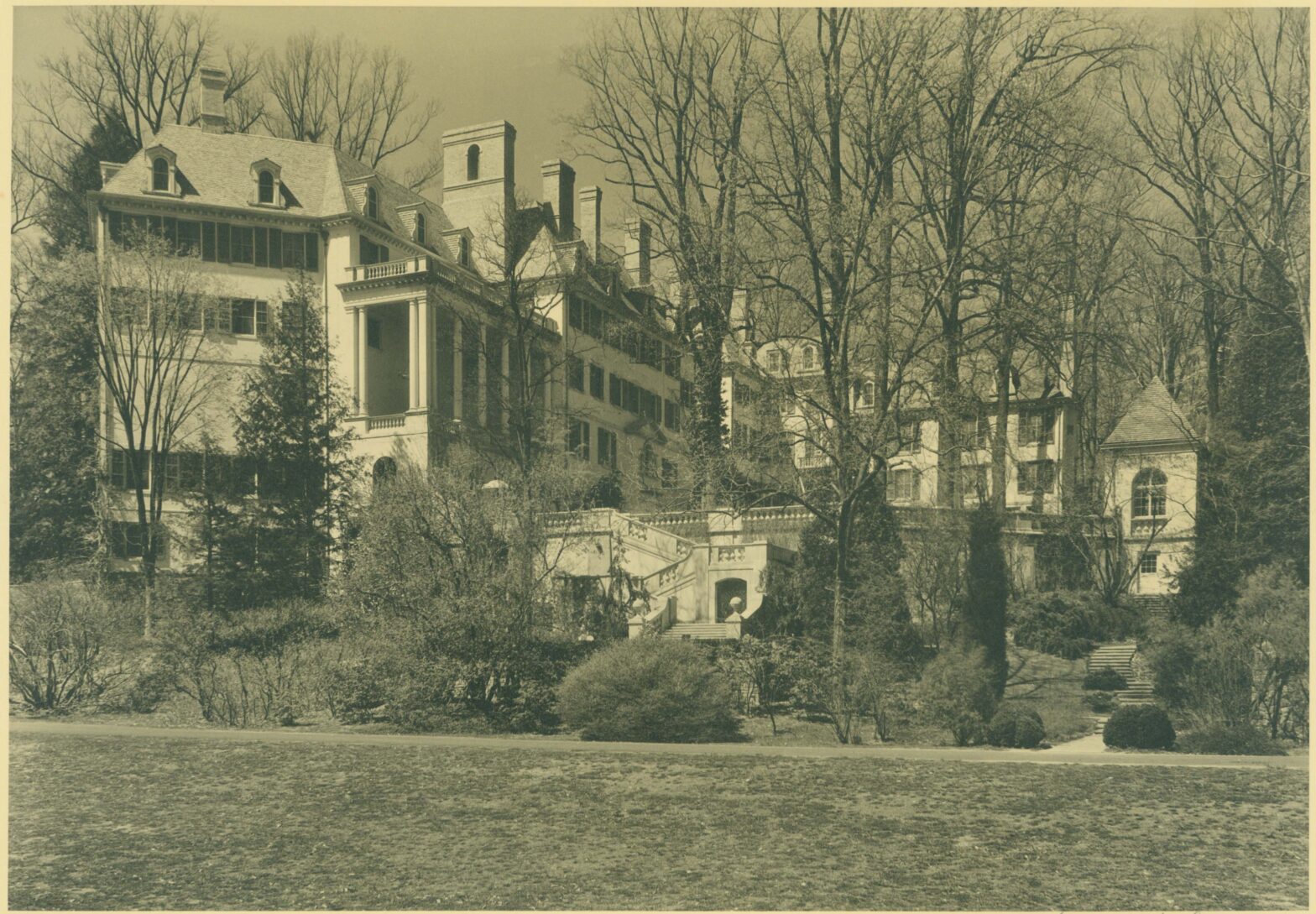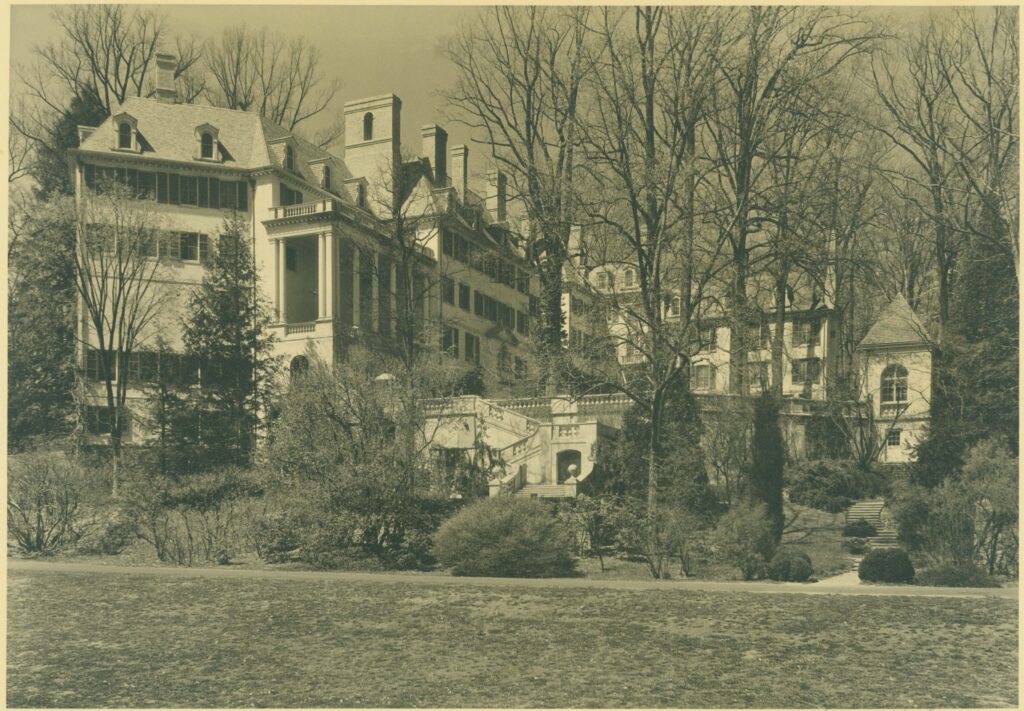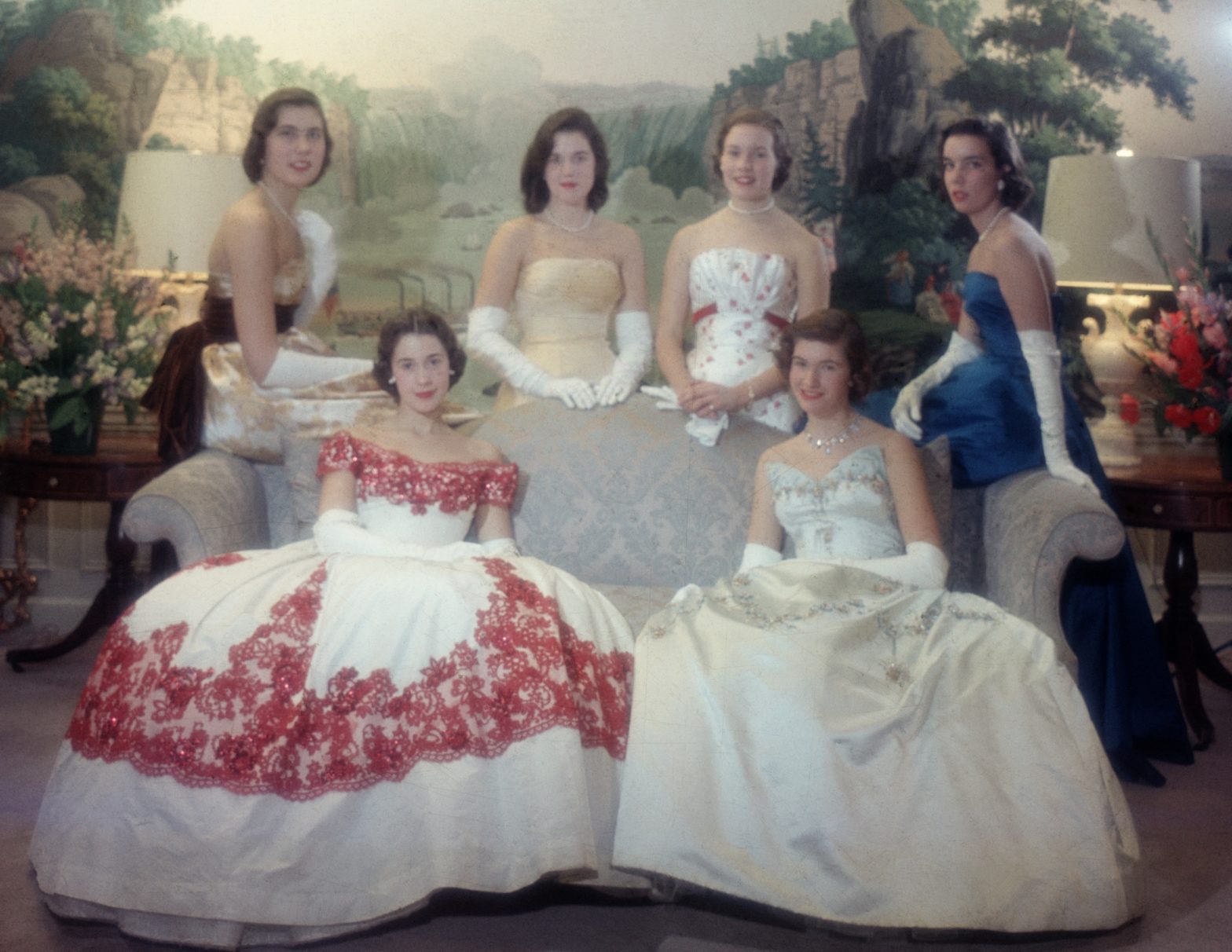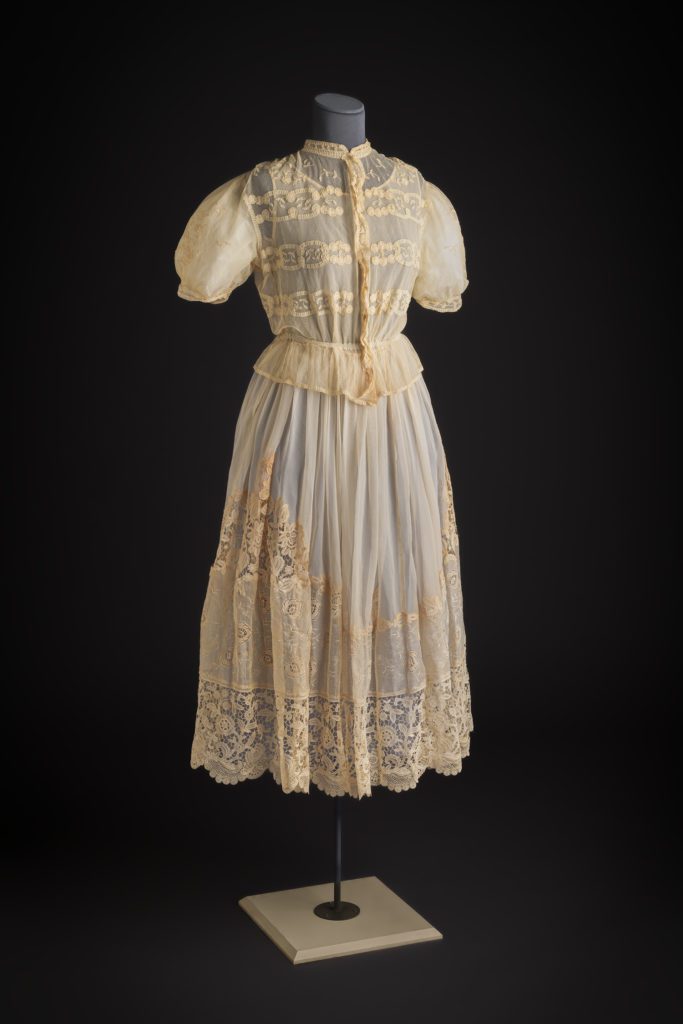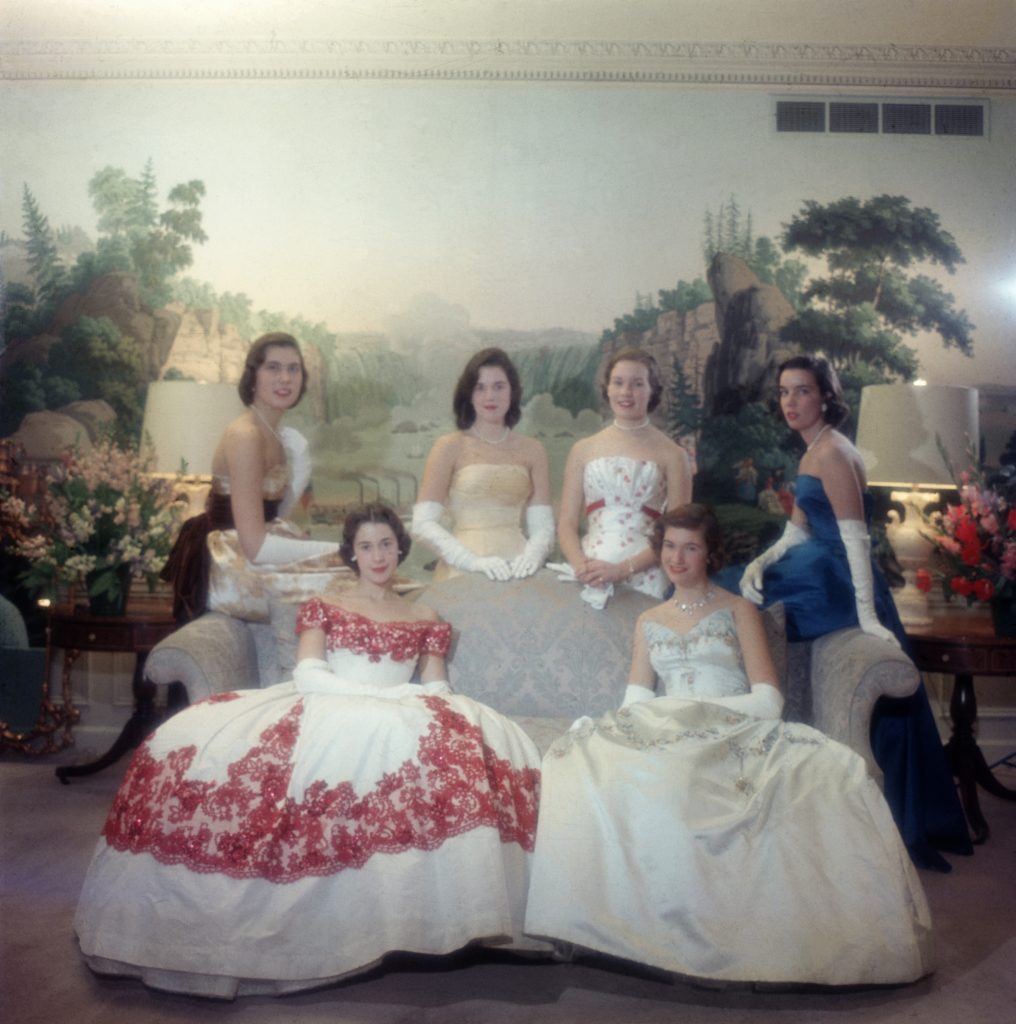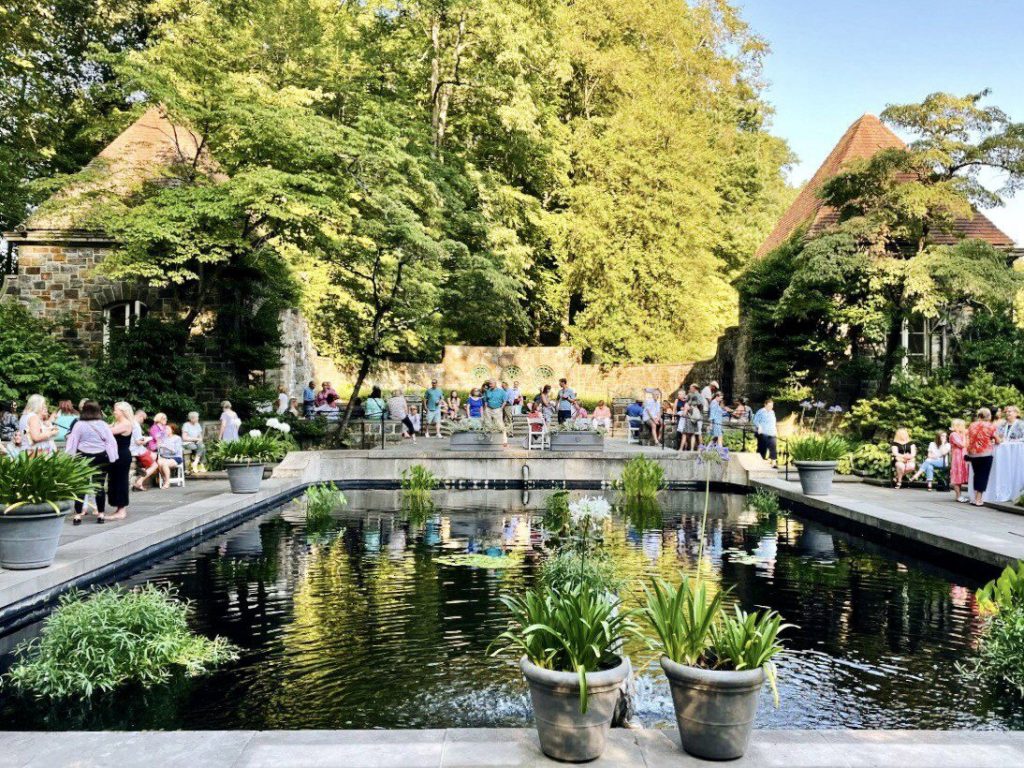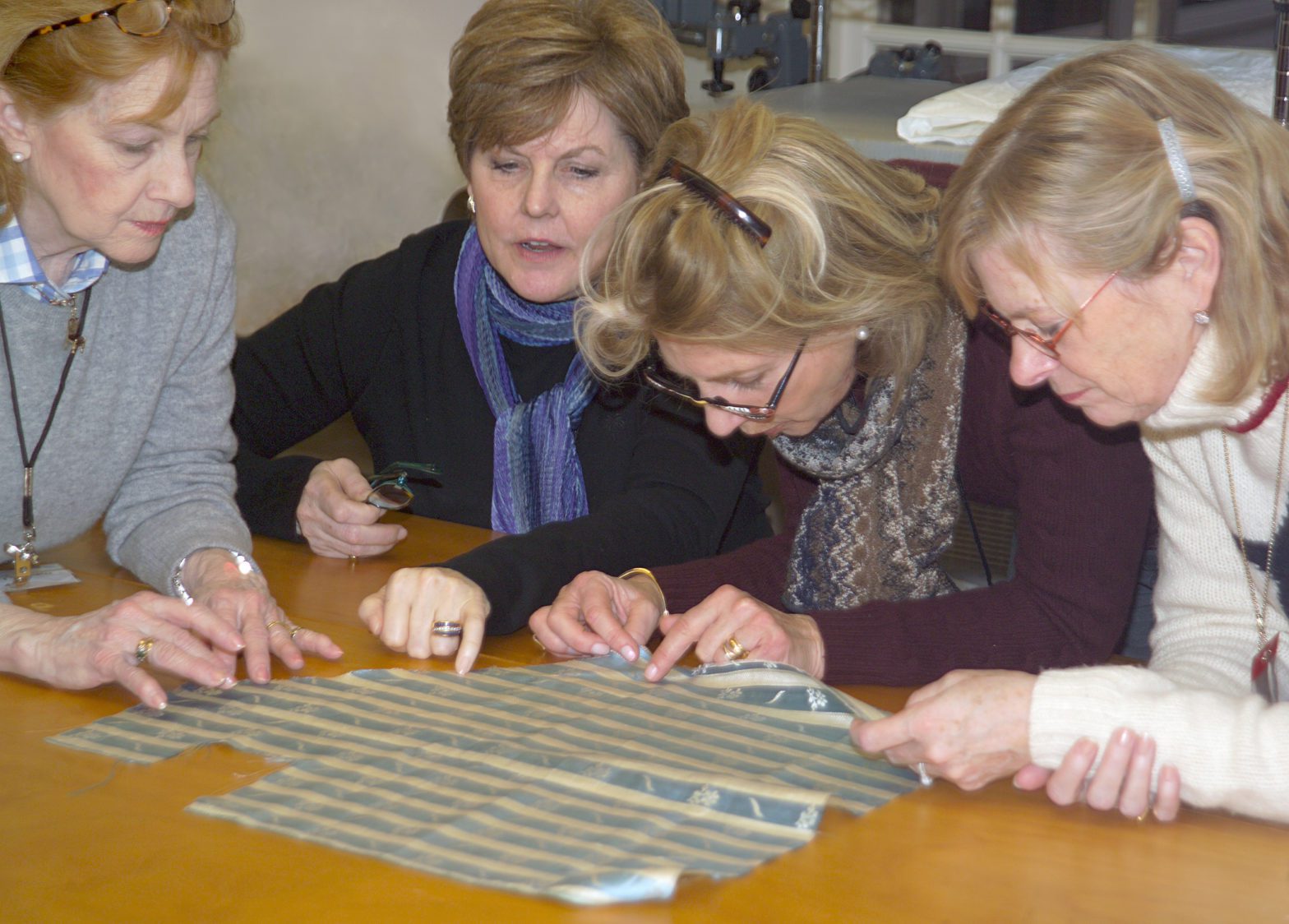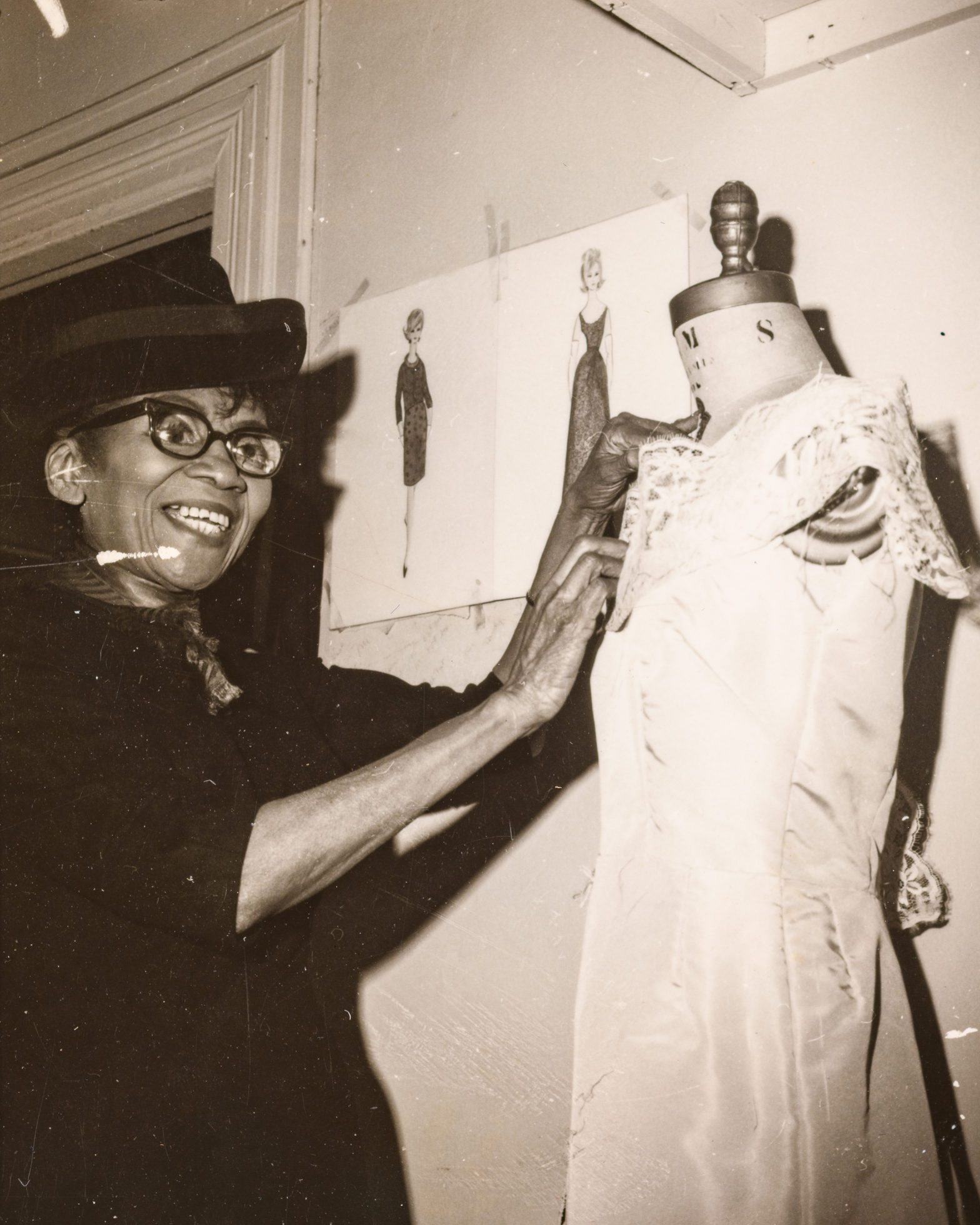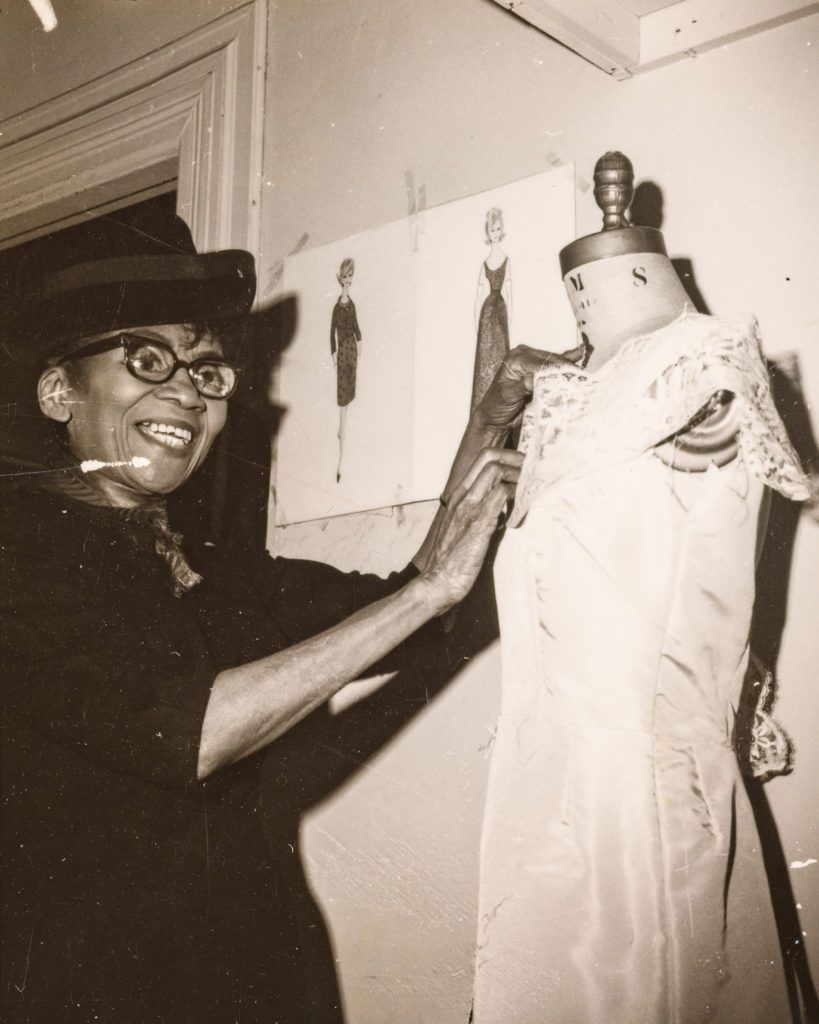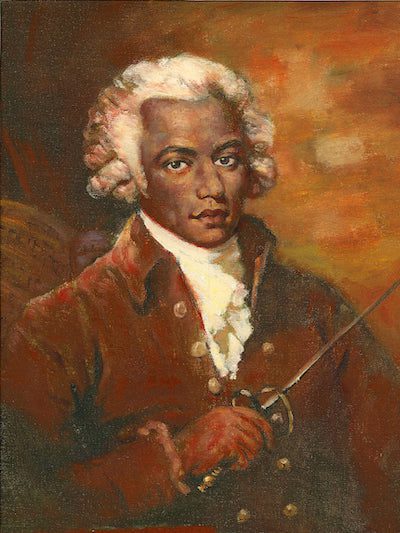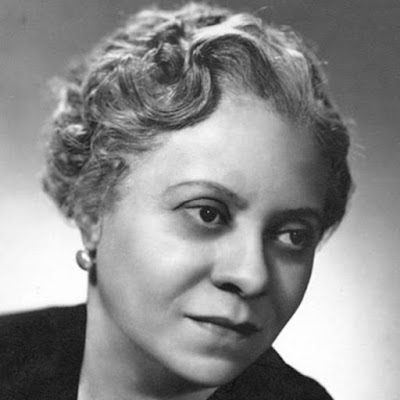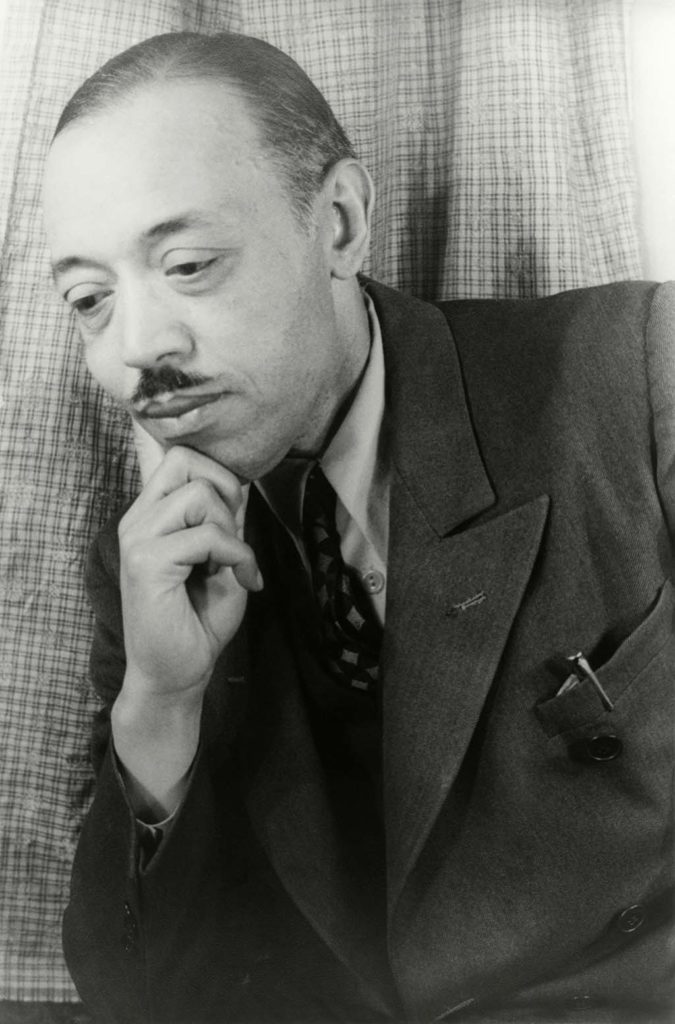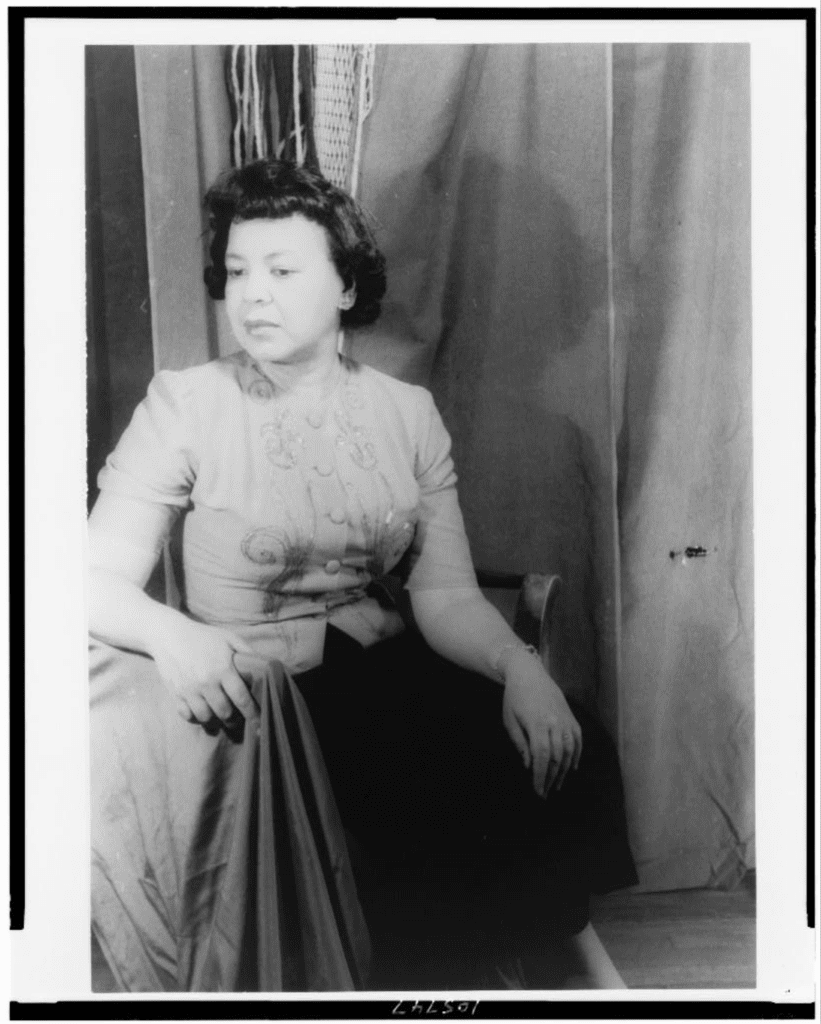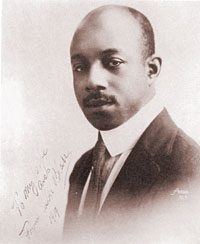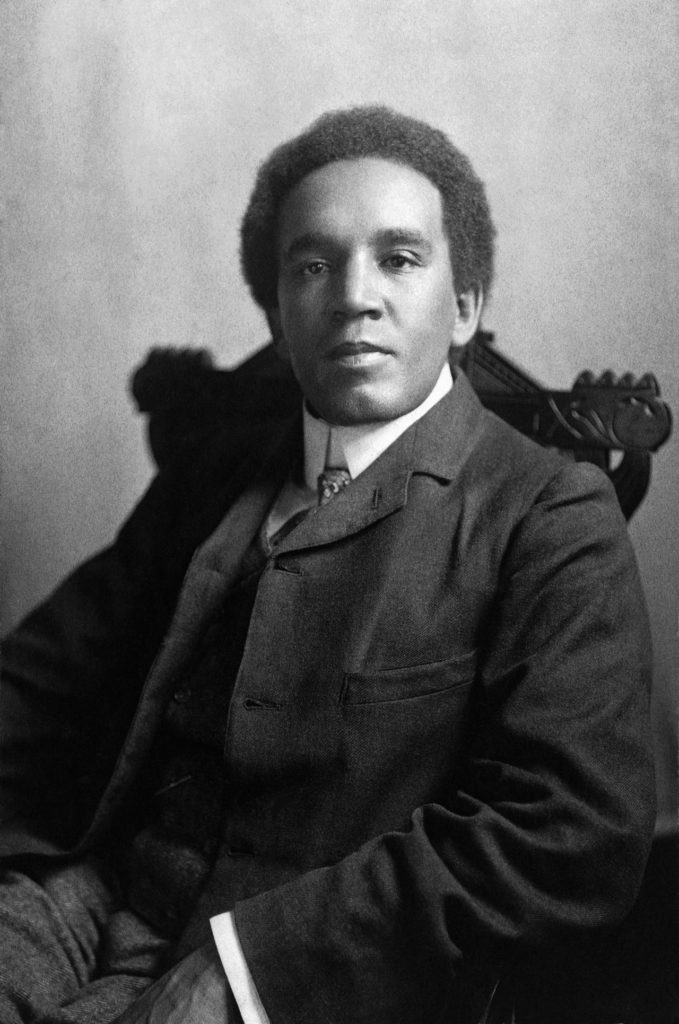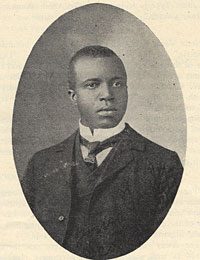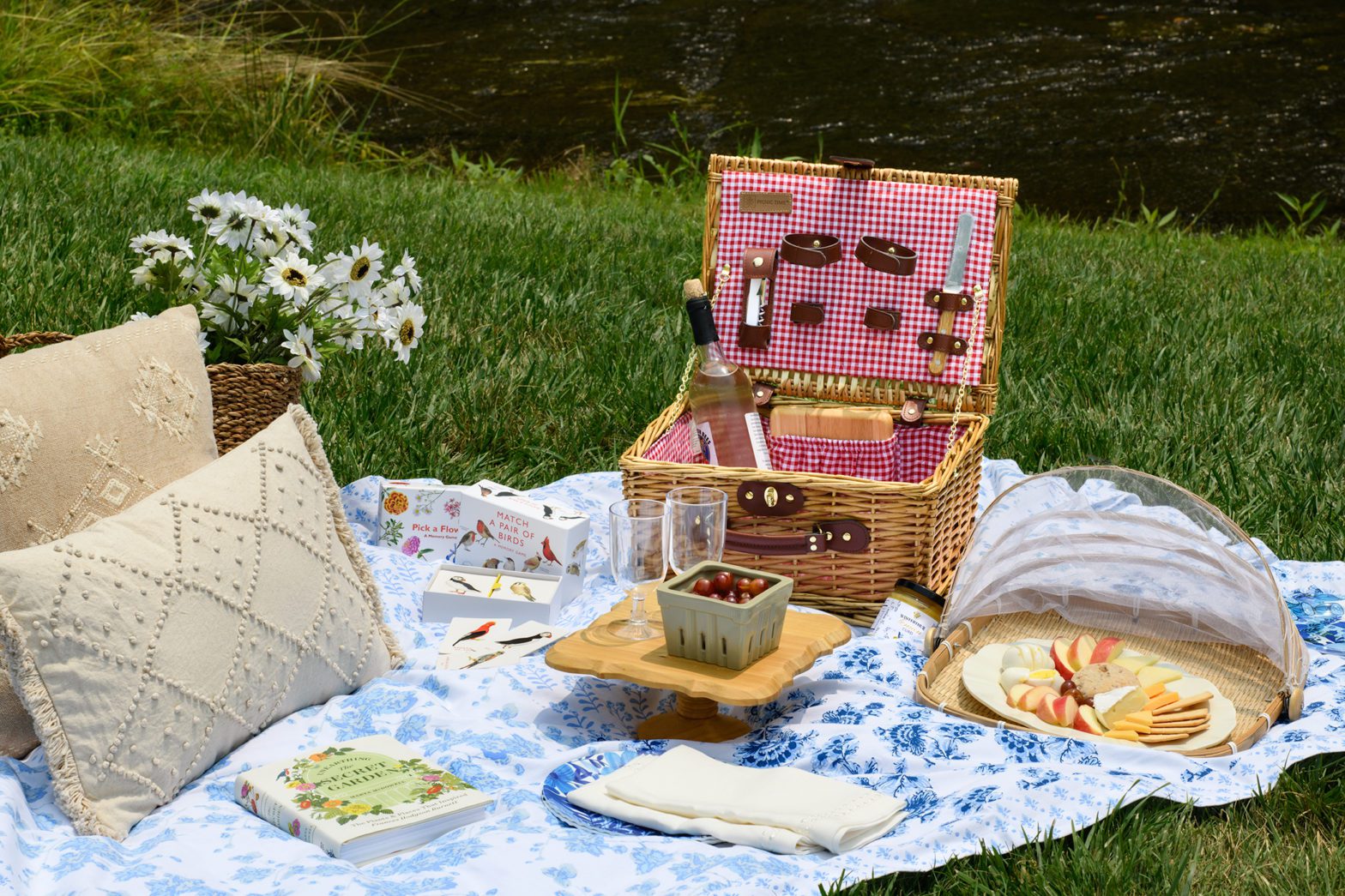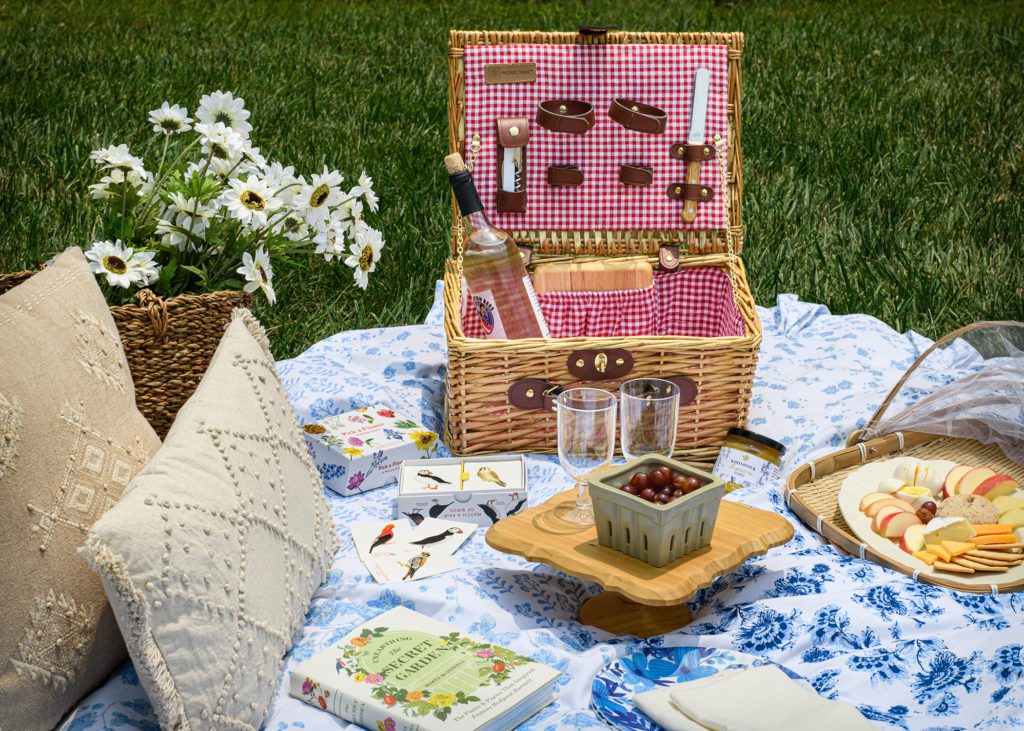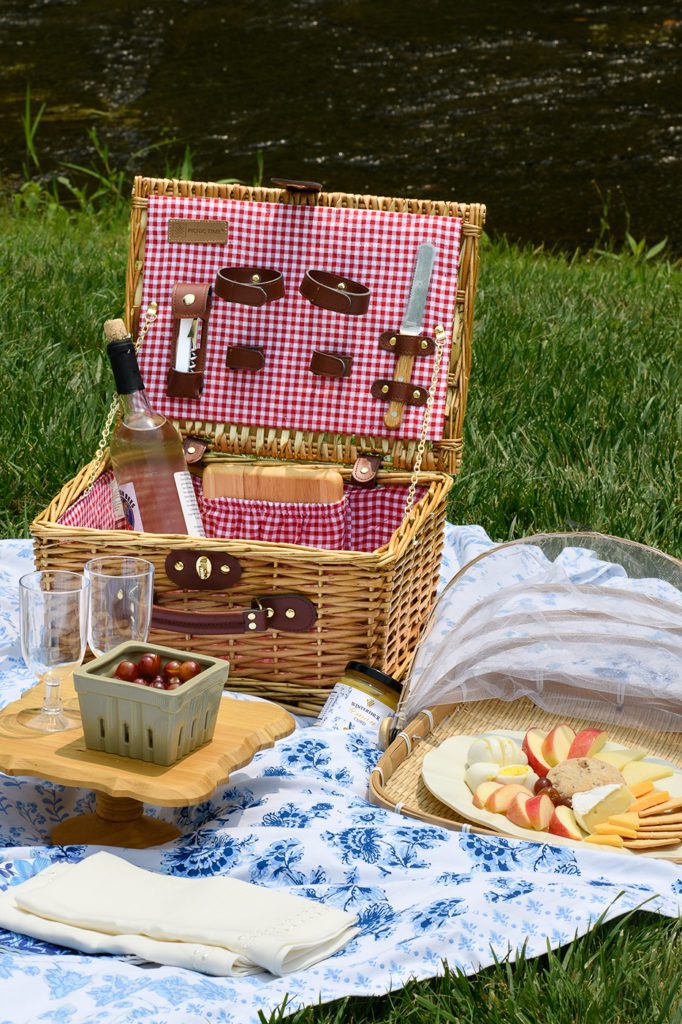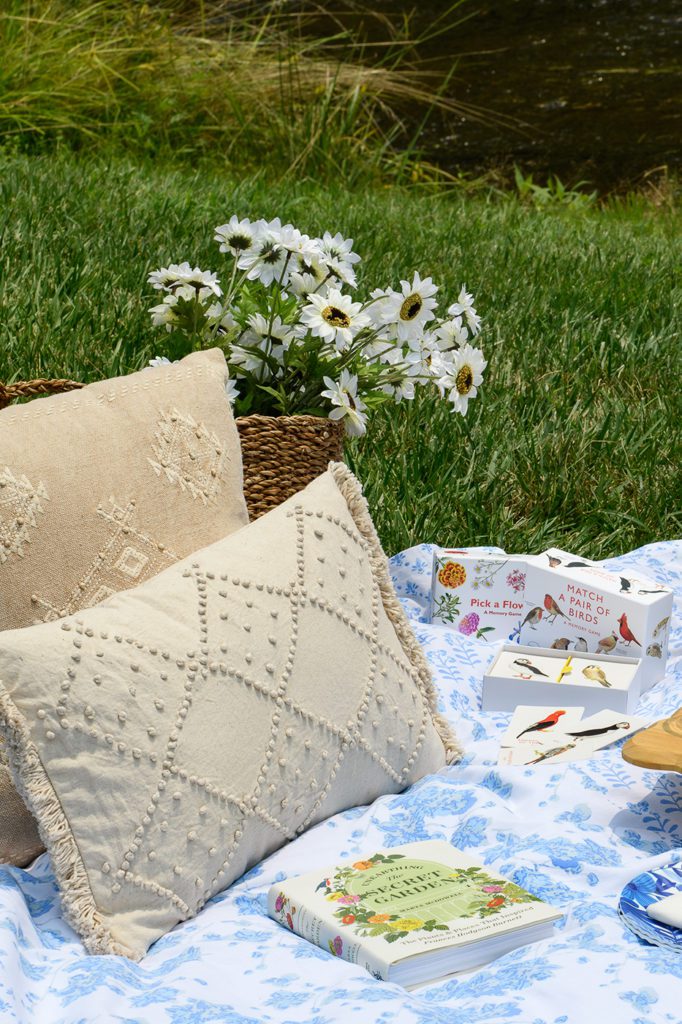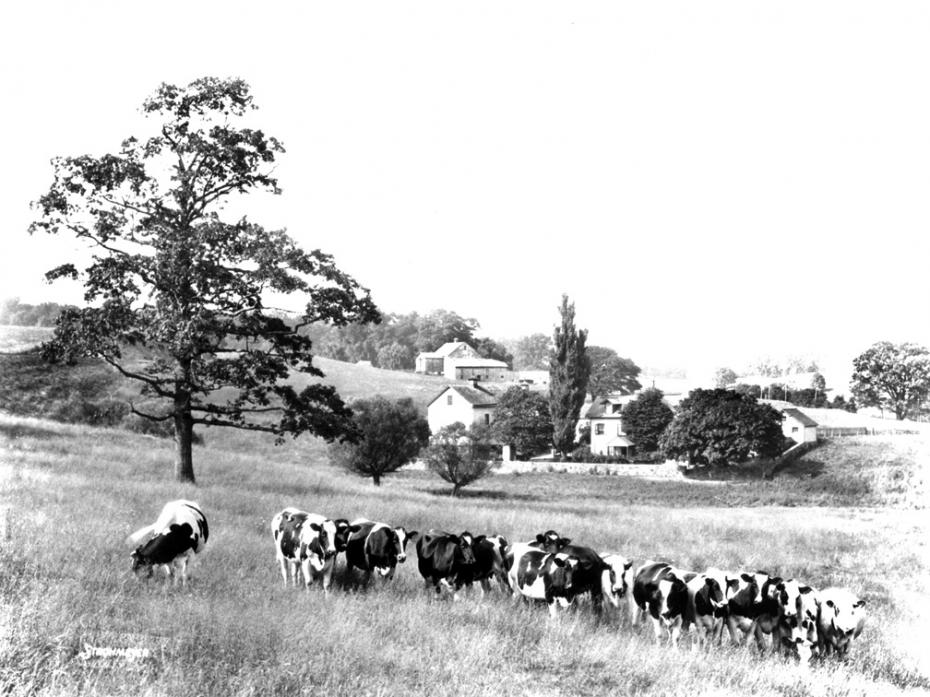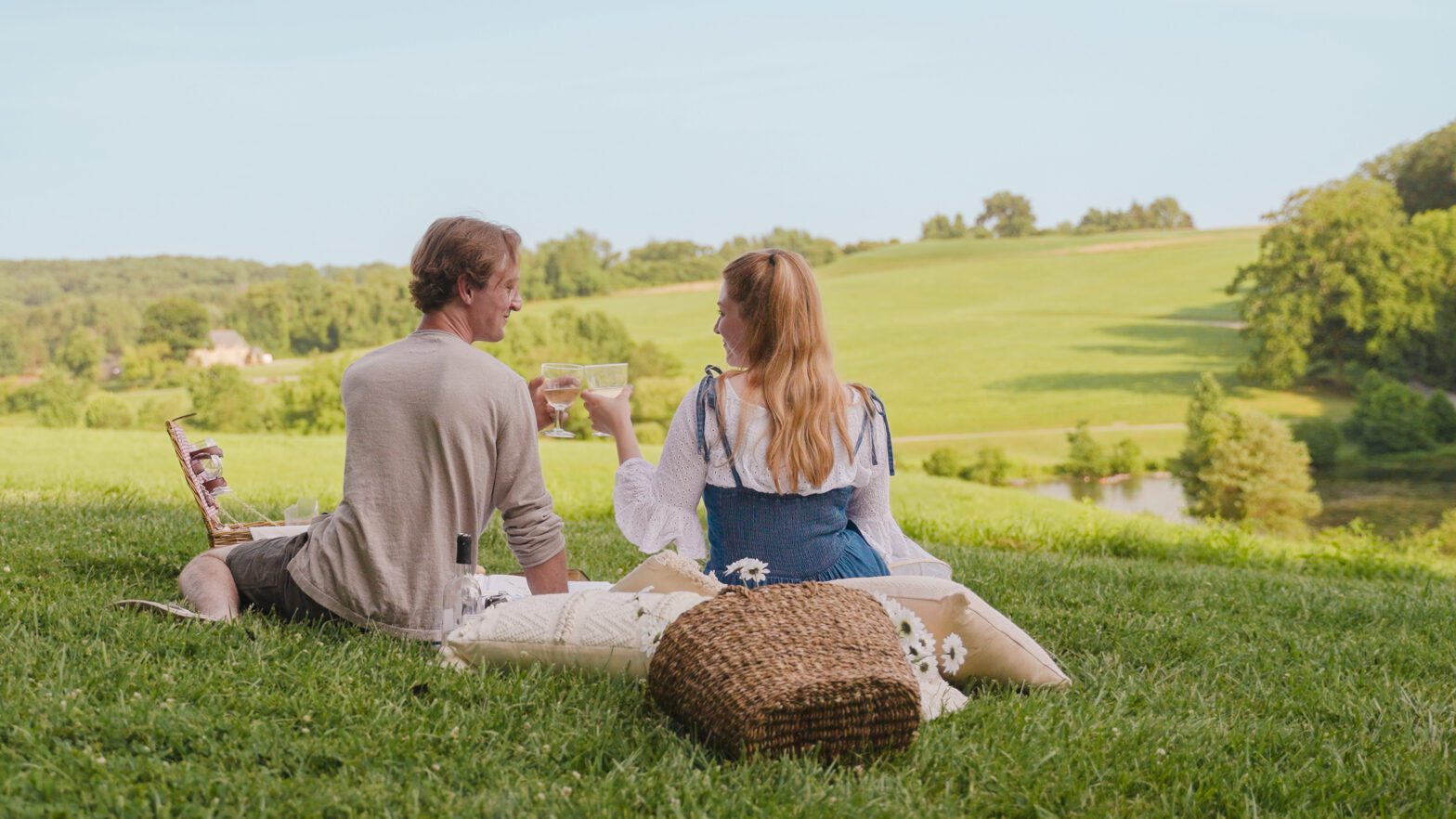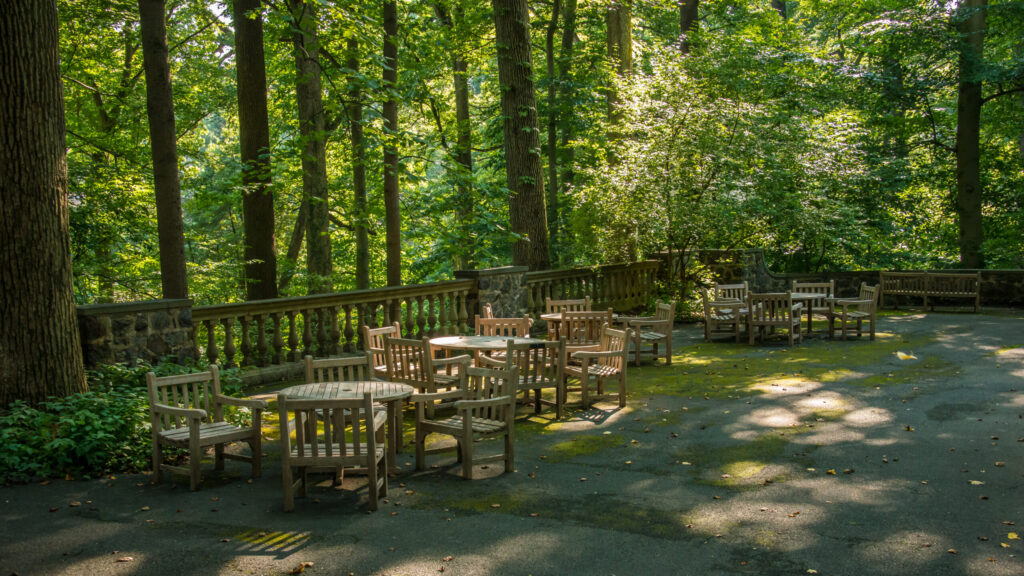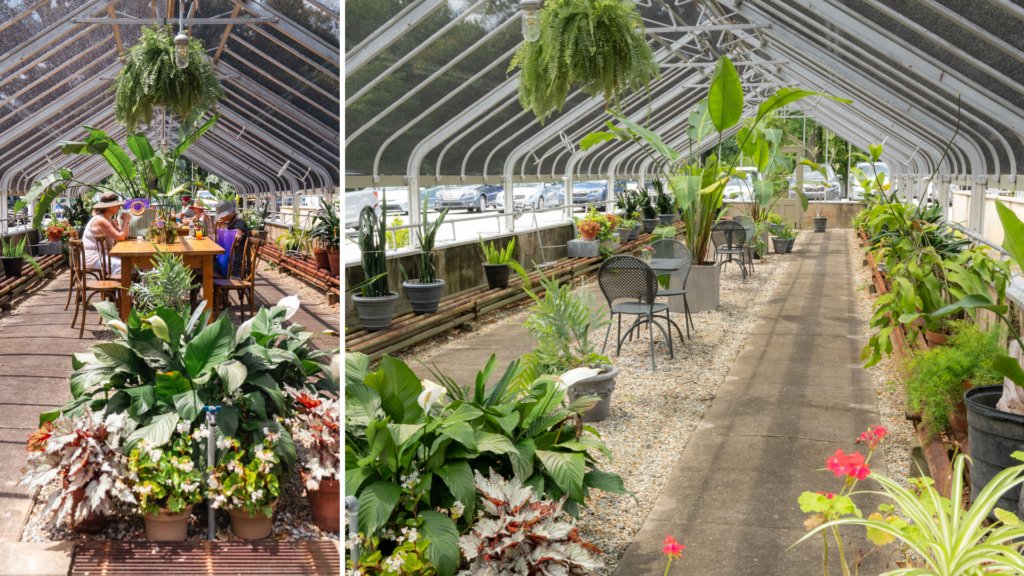WINTERTHUR, DE (October 23, 2023) – One of the nation’s most acclaimed shows of antiques, art, and design, the Delaware Antiques Show, returns to the Chase Center on the Riverfront in Wilmington from November 10 to November 12. The show features more than 60 of the country’s most distinguished dealers in American antiques, furniture, paintings, rugs, porcelain, silver, jewelry, and other decorative arts.
From the newest collector to the most knowledgeable connoisseur, there is something for everyone. Tickets include lectures, book signings, and admission to the show and to Winterthur Museum, Garden & Library on the days of the Show.
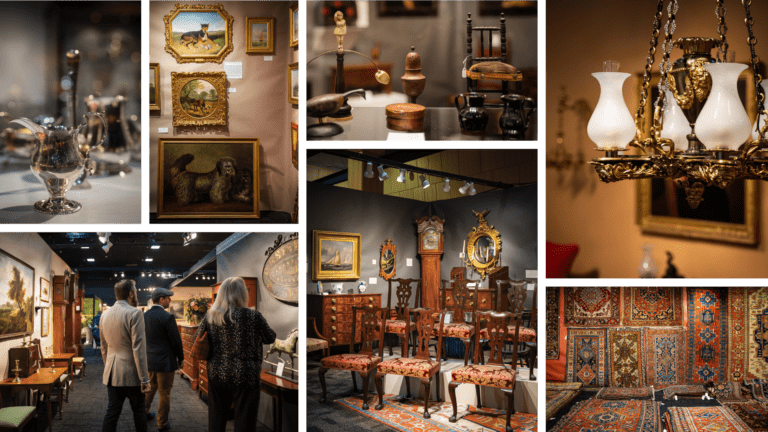
Highlights include a keynote lecture entitled The New Antiquarians and the Future of Connoisseurship by art historian, designer, and author Michael Diaz-Griffith on Saturday, November 11 at 10:00 am, followed by a book signing. The New Antiquarians: At Home with Young Collectors is his first book. The book features young antiques connoisseurs whose interiors exemplify unorthodox approaches to living with objects that reflect life and history.
Diaz-Griffith is executive director of the Design Leadership Network. Prior to joining the DLN, he served as executive director of Sir John Soane’s Museum Foundation and as associate executive director of The Winter Show, America’s most prestigious and longest-running art and antiques fair.
Young Scholars lectures, presented by students in the Winterthur/University of Delaware Program in American Material Culture and sponsored by The Decorative Arts Trust, will take place Saturday, November 11, at 3:00 pm. Becca Lo Presti will deliver her lecture The Last Tall Clock in America? A Winterthur Tall Clock and Time Telling in Nineteenth-Century America.
Taylor Rossini, will speak about Empire on a Plate: Imperial Rivalry and Cartographic Knowledge in Overton’s Trading Part of the West Indies (1741).
The Sunday Lecture entitled A Storied Past: Collections of Historic Odessa will be delivered on November 12 at 2:00 pm by Philip D. Zimmerman. Author of A Storied Past: Collections of Historic Odessa (Rowman & Littlefield, 2023), Zimmerman will present this eponymous lecture about the recent and ongoing research and interpretations of the furnishings and other decorative arts at Historic Odessa in southern New Castle County, Delaware. Historic Odessa has beautifully restored 18th and 19th-century houses and an outstanding collection of furnishings and fine and decorative arts. Many pieces of original family furniture were made by prominent Delaware cabinetmakers of the 18th century. The collections include major works of regional paintings, prints, textiles, silver, pewter, and other metals.
Zimmerman will discuss new findings and interpretations as well as the interlocking histories of many of the objects in this remarkable collection. A museum and decorative arts consultant based in Lancaster, Pennsylvania, Zimmerman is a prolific author, teacher, and lecturer and author of numerous books, essays, and articles in books and periodicals such as American Furniture and The Magazine Antiques. He holds a doctorate in American and New England Studies from Boston University and a master’s degree from the Winterthur Program in Early American Culture / University of Delaware. Book signing to follow the lecture.
Tickets are valid for each day of the show and include admission to Winterthur Museum, Garden & Library on show days. To purchase tickets, visit Winterthur.org/DAS or call 800.448.3883. For more information, please email das@winterthur.org.
The Delaware Antiques Show benefits educational programming at Winterthur.
The 60th Annual Delaware Antiques Show
Opening Night Party—Thursday, November 9, 5:00–9:00 pm
Celebrate the opening of the show with cocktails and exclusive early shopping.
Show Hours
Friday, November 10,11:00 am–6:00 pm
Saturday, November 11,11:00 am–6:00 pm
Sunday, November 12,11:00 am–5:00 pm
General Admission
$25 per person, $20 for Winterthur Members. Children under 12 free. Tickets valid for all three days of the show and for admission to Winterthur on show days.
The Chase Center on the Riverfront is located at 815 Justison Street, Wilmington, Delaware, less than one hour south of Philadelphia, midway between New York City and Washington, D.C.
For additional information and updates about this year’s Delaware Antiques Show, please email das@winterthur.org, visit winterthur.org/DAS, or call 800.448.3883.
The Delaware Antiques Show is presented by Wilmington Trust, a Member of the M&T Family.
ABOUT WINTERTHUR MUSEUM, GARDEN & LIBRARY
Winterthur—known worldwide for its preeminent collection of American decorative arts, naturalistic garden, and research library for the study of American art and material culture— offers a variety of tours, exhibitions, programs, and activities throughout the year.
Winterthur is located on Route 52, six miles northwest of Wilmington, Delaware, and five miles south of U.S. Route 1. Winterthur is committed to accessible programming for all. For information, including special services, call 800.448.3883 or visit winterthur.org.
.
